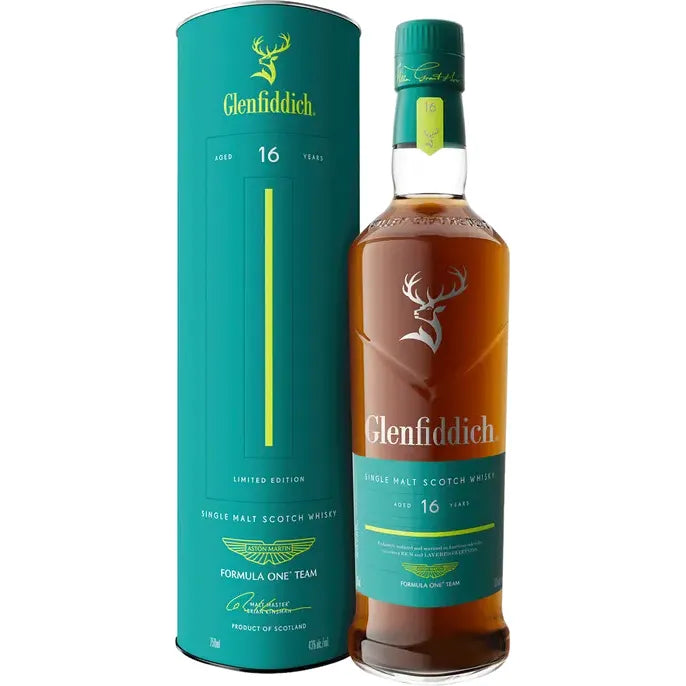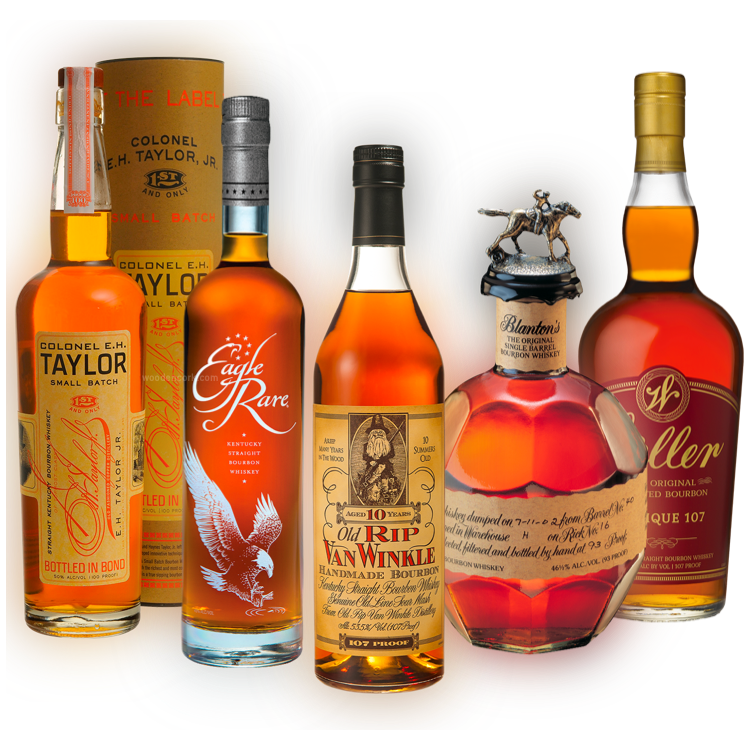The Top Liqueur Trends and Tricks in 2019
Editor’s Note: Since most beverage alcohol trends begin at bars and restaurants, we occasionally cross-post content like this from our on-premise sister publication, Cheers magazine.
While base spirits are the foundation of the cocktail, liqueurs contribute the nuance and personality that distinguish a great drink. Bartenders have their go-to liqueurs that they reach for when inspiration hits, as well as some unusual varieties that will keep their guests intrigued.
But there is more to creating standout signatures than just piling on flavor: Bartenders offer pro tips on working with these tools.
And liqueurs are more than just modifiers; they can do double duty as sippers and shots. “Liqueurs are the hardest thing to choose when constructing a cocktail. That’s because they provide multiple facets in a drink: alcohol, sugar, body, along with that flavor—and you have to keep all that in mind,” says Colton Wright, beverage manager at The Iberian Pig Buckhead. The recently opened tapas bar and restaurant in Atlanta (a Decatur, GA, location has been operating for 10 years) stocks about 20 different liqueurs.
Wright’s current go-to bottles “are all kinds of Campari-esque ingredients, including Leopold Bros. Amaro and Cappelletti.” He’s also a strong advocate of Chartreuse and carries the top-shelf V.E.P. line, “which I love,” he adds.
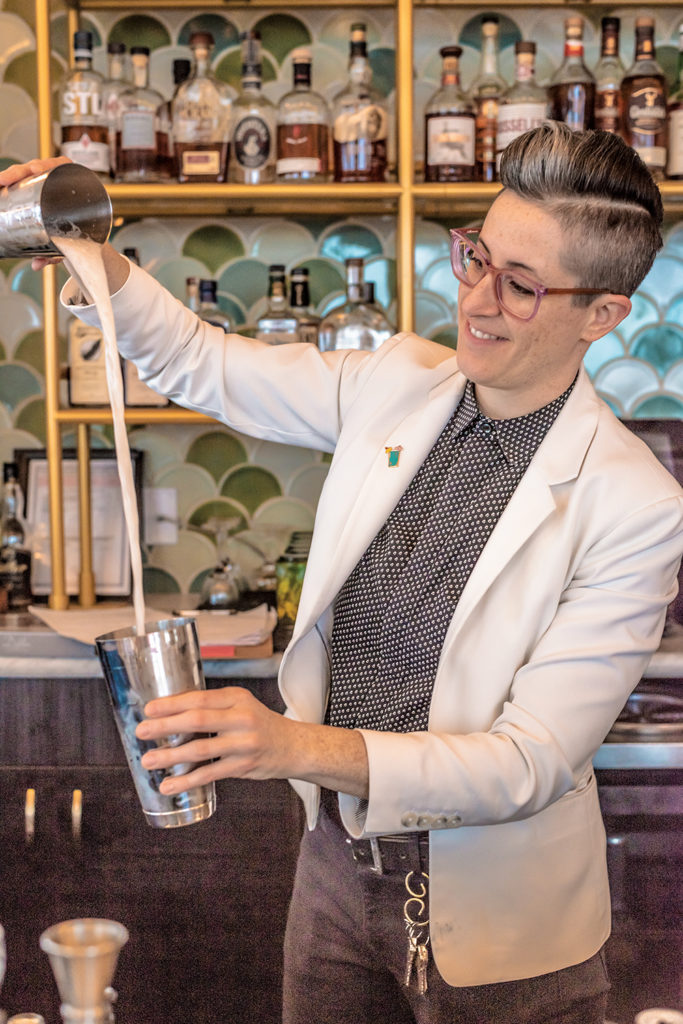
“I get inspired by a flavor, and the drink ideas start pouring in,” says Meredith Barry, beverage director at Grand Tavern by David Burke and Angad Rainbow Terrace (A.R.T.) at the Angad Arts Hotel in St. Louis. Barry carries three rows worth of liqueurs on her bar. Her favorites are Curaçao and other orange liqueurs because they appear in so many popular cocktails, and she favors the drier Giffard and Tempus Fugit brands because they’re easier to work with.
Trending Tastes
Flavors go in and out of favor. Some liqueur trends are regional or seasonal, or depend on the style of the bar and its demographics.
“We’re seeing a big trend with blue Curaçao and have been using it in some of our cocktails,” says Sally Gatza, lead bartender at L.A. Jackson, a rooftop bar and restaurant in Nashville. Among her much reached-for liqueurs are Pierre Ferrand Dry Curaçao and Licor 43. “They pair well with almost everything, plus they are not super sweet.”
The chile-pepper liqueurs Ancho Reyes and Ancho Verde “are definitely having a moment, and I’ve noticed the return of staples, like Campari and Benedictine,” says Patrick Halloran, beverage director at Henrietta Red Restaurant & Barroom in Nashville.
His favorite liqueurs for cocktails are apricot and peach. “I’d put them in every drink if I could get away with it.”
Floral, plant-based liqueurs and spicy liqueurs are all trending right now, says Maggie Dandrea, a lead bartender at Jack Rose, Bayou Bar and Hot Tin at the Pontchartrain Hotel in New Orleans. Most often Dandrea reaches for Campari and triple sec.
“Most cocktails can benefit from a good balance of a little acid, a little sweetness and a little bitterness,” Dandrea says. “Both Campari and triple sec have flavor profiles that fulfill those requirements.”
But she also stocks Ancho Reyes and an aloe vera liqueur, both of which add unique elements to cocktails.
“I think amari are being used more; they can bring additional depth to simple cocktails,” says Andrew Larson, mixologist at CUT by Wolfgang Puck at the Rosewood Hotel in Washington, D.C. “Chartreuse is my number-one go-to. It’s so complex and yet versatile. A little bit can go a long way in almost any cocktail.” Larson stocks Chartreuse V.E.P. in both yellow and green varieties.
Curious Cordials
Ever-innovative bartenders scour the world for novel new liqueurs to spark their drink menus.
At the Downtown Sporting Club in Nashville, beverage director Chris Visic is incorporating Priqly, a prickly pear liqueur, into his drinks menu. “It’s got such a rich and unique flavor that adds a new tool to our program,” he says.
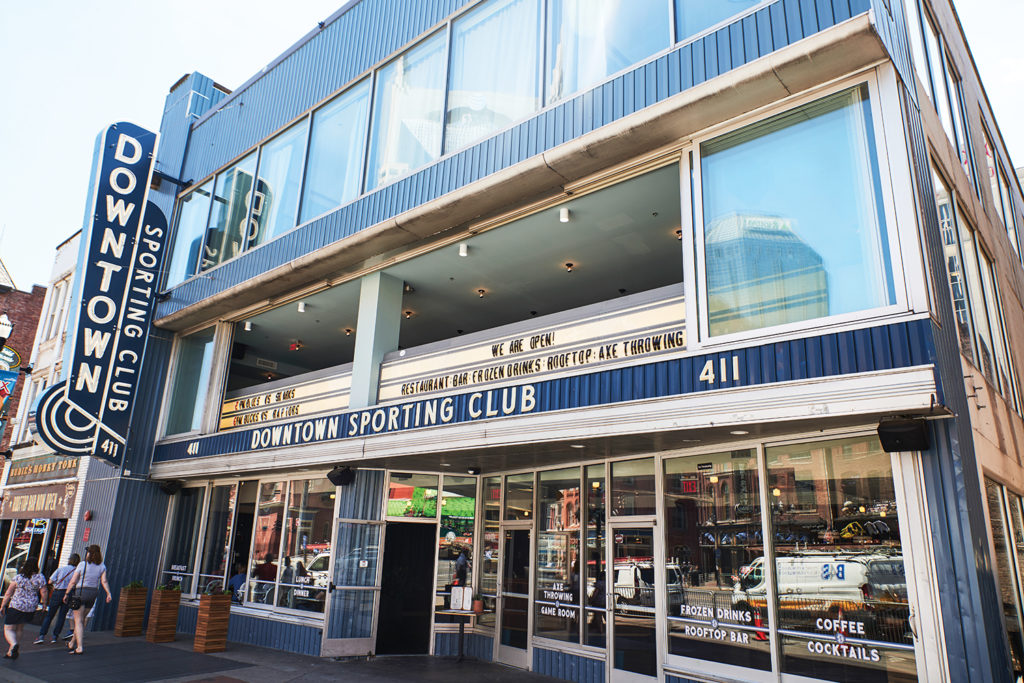
For liqueurs in general, Visic likes the Giffard line for its true, intense flavors. “This allows us to pack in a ton of flavors and layer them in differently than using fruit purees or syrups.”
The not-well-known but classic aperitif Byrrh Grand Quinquina is a favorite of Andrew Holmes, director of food and beverage for First Hospitality Group. The Chicago-based company includes the 8UP Elevated Drinkery & Kitchen in Louisville, KY; The Keep Kitchen & Liquor Bar in Columbus, OH; and the Brim House and The Heights in Toledo, OH.
“Byrrh Grand Quinquina was produced in the 19th century and is served best over ice with lemon or mixed with gin or tequila,” Holmes says. His other favorites include St. Germain, assorted amari and the seasonal Nocino walnut liqueur.
“All of these are complex separately and bring depth to any drink,” Holmes says. “These liqueurs can provide a bitter or sweet drink, as well as a creative twist to a classic like an Old Fashioned.”
For a riff on the popular Pimm’s Cup, Alexa Delgado, head mixologist for Lightkeepers at The Ritz-Carlton Key Biscayne, Miami, adds Finest Root mastiha. “The liqueur brings notes of spices and honey that really elevate the drink,” she says. The unusual mastiha liqueur is made from tree resin.
“My go-to liqueurs right now are St. Germain elderflower liqueur and Aperol,” says Delgado. While St. Germain has long been called “the bartender’s ketchup” for its ubiquity and versatility, Delgado describes it as “the truffle oil of the bar world, because it just pairs so well with a lot of different flavors and spirits.”
At The Iberian Pig Buckhead, Wright is enamored of Beerenburger, a Friesian liqueur from the Netherlands, which offers notes of cinnamon and baking spices. He uses the Boomsma brand in his De Staat cocktail, with Cappelletti and fino sherry for a lower-ABV riff on a Negroni.
At the Grand Tavern and A.R.T., beverage director Barry enjoys exploring esoteric liqueurs such as a locally made dandelion liqueur and Chareau aloe vera liqueur. These work well in summer drinks with watermelon and cucumber, she says.
For fall and winter, Barry incorporates Zirbenz pine liqueur in a hot toddy with Hendrick’s gin, lemon juice, hot water and thyme. “It will cure what ails you in the cold months.”
Another oddball spirits line that Barry has discovered is Massenez Garden Party liqueurs. For an limited-time offering, she combines the brand’s Sundried Tomato liqueur with Avion tequila, pineapple poblano syrup, bianco vermouth and verjus for acidity. The drink is served in a rocks glass painted inside with lime cordial, and dusted with ground dehydrated flowers and saffron salt. “The result is vegetal and funky,” Barry says.
Straight Sippers?
Although most mixologists regard liqueurs as key modifiers in cocktails, there are still some customers who enjoy sipping them straight or on the rocks, either before or after dinner.
“Customers will order Licor 43 neat to accompany their coffee,” observes Halloran at Henrietta Red.
“I’ve been encouraging guests to split straight liqueurs like Frangelico or Chartreuse with dry sherry like manzanilla,” says Larson at CUT. “The sherry balances the sugar of the liqueur while complementing the herbal notes.”
For sipping, “I’m always trying to get guests to try Haus Alpenz Pasubio, a blueberry and pine liqueur,” says Wright. It’s a hand-sell, he admits, as is orujo, an herbal pomace brandy that he discovered while trekking the Camino de Santiago. The Spanish liqueur fits well with The Iberian Pig’s tapas concept.
“Sipping after-dinner drinks is still happening but it’s a certain age group and demographic that dines that way,” says Barry. She sees this phenomenon more at the fine-dining Grand Tavern.
The most popular postprandial? Dumante pistachio liqueur. “Guests love it; I can’t keep it on the shelf.” Barry also employs pistachio liqueur in a drink called Counted Conditioner with Cynar, fresh mint, lemon and a mezcal foam.
And as a nod to the more recent popularity of bitter flavors, “we pour a lot of straight shots of Angostura bitters,” says Gatza at L.A. Jackson.
Tips and Techniques
“My pro tip for using liqueurs is to find each ingredient’s balance point. It’s a moving target, but it’s worth it to create something with the highest satisfaction level as possible,” says Jack Keane, general manager for the Comfort Station in Cincinnati.
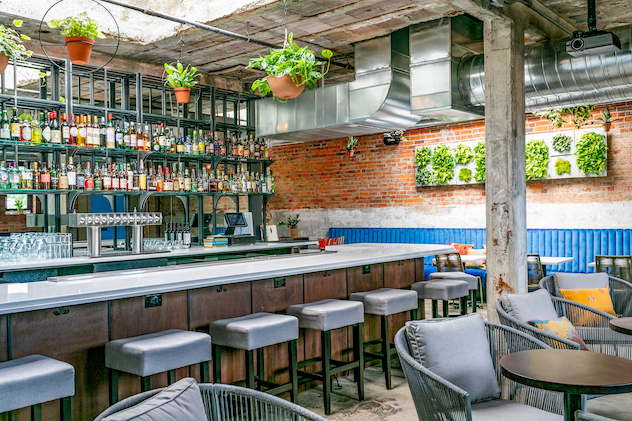
The new operation is an adaptive reuse within an historic, 105-year-old Public Comfort Station; originally a combination rest area and bath house, now there are two distinctive bars behind the original “Women” and Men” doors.
Keane’s go-to liqueur is Benedictine. “Its honey and herbal notes are versatile and malleable with bold spirits adding slight sweetness and lots of nuance.” On the list at the Comfort Station is the Monte Carlo cocktail, mixing rye whiskey, Angostura bitters and Benedictine.
The Asleep on the Deck cocktail incorporates Irish whiskey, Chartreuse and curaçao, while the Happy to See you is made with bourbon, amontillado sherry crème de banana and cinnamon smoke. The Rear Window uses pisco, watermelon, lime, Aperol, rhubarb and alpine amari and egg white. Comfort Station cocktails are priced $10 to $11.
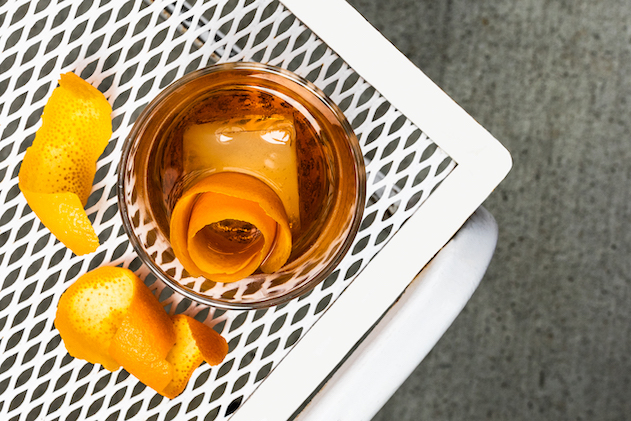
“Moderation is key when using liqueur in a cocktail. A little goes a very long way, so make sure you’re not heavy handed with the liqueur,” advises Dandrea. At Pontchartrain, she elevates a basic Margarita with a simple addition of half an ounce of Ancho Reyes chili liqueur to make a lovely, balanced spicy Margarita.
“The best tip I can give is less is more. Drinks are best in purest forms; you do not need to mix a bunch of items to get a creative flavor profile,” says Holmes at First Hospitality. His Signature Manhattan is simple, just small-batch bourbon and Nocino liqueur, accented with orange and chocolate bitters.
Start with a Classic
Halloran offers this rule of thumb: “New product you don’t know what to do with it? Make an Old Fashioned or a Sour with it. The drink may be gross, but it’s more about seeing how the liqueur presents itself texturally, aromatically, and how it shows its flavor.”
At Henrietta Red, he offers the Alpine Smash, made with Cappelletti Pasubio, Cognac, creme de peche, lemon and mint. “It’s extremely refreshing,” Halloran adds.
“Many liqueurs can be pretty powerful, but I love to let them shine by pairing them with a spirit that will enhance the liqueur,” says Larson. At CUT, he flips the Manhattan formula upside down, using with three parts amaro, one part rye whiskey, one part dry amontillado sherry and half a part of green Chartreuse.
At L.A. Jackson, the Don Draper Diet is one of the most popular cocktails; it’s a riff on an Old Fashioned and showcases Licor 43. “The liqueur should balance the cocktail. It’s typically not going to be your main ingredient, more of an accoutrement,” notes Gatza.
Always K.I.S.S.
When it comes to mixing, simple is usually best, say the experts.
“When utilizing a liqueur in a low-ABV cocktail, you’re going to want the flavor of the liqueur to really shine through. Simple is always better in that spectrum,” says Delgado at Lightkeepers. “When mixing with other spirits, try finding ways to pair and complement the flavors to create a harmonizing balance.”
Balance is so important, agrees Barry. “Make sure your liqueurs and other sweet elements match your sour elements. Adjust sweet elements gradually in small increments to taste. I search for dry liqueurs so we can adjust sweetness levels based on guest preference, without losing flavor.”
Consider the categories of fruit, vegetal, spice and earthiness, advises Wright. “If you don’t add a couple of these notes, drinks tend to be two-dimensional.” Add liqueurs and other modifiers to make the drink pop, enough to be detectible but still keep people guessing.
Wright cites The Fox in Henhouse cocktail, which mixes rye, Armagnac, sherry and vermouth with Benedictine, which offers multiple herbal notes; and the Meet Me in Oaxaca, which pairs allspice dram with velvety falernum to round out a mezcal base.
What’s Next?
The liqueur category is constantly churning with new flavors and new producers as well as the reincarnation of forgotten recipes. And savvy bartenders are on the prowl for new taste sensations.
“If someone comes up with a liqueur that is wacky or strange, I’ve got to try it,” Barry notes.
Dandrea takes another approach. “I am playing around with wild foraged edibles from Louisiana to develop my own liqueurs.”
Thomas Henry Strenk is a Brooklyn-based writer specializing in all things drinkable. Read his piece What is Craft Tequila in 2019?
The post The Top Liqueur Trends and Tricks in 2019 first appeared on Beverage Dynamics.


